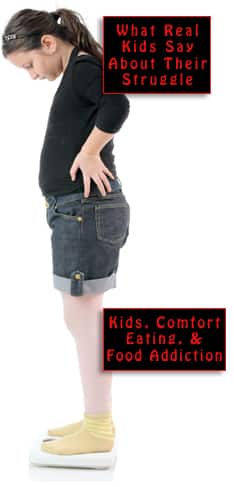
At the close of Childhood Obesity Awareness Month, two things are obvious: childhood obesity and adult obesity are two stages of the same problem; and the primary way in which anybody is heard or seen is via the media. Media and awareness are conjoined twins. One is seldom seen without the other.
One way to go about increasing awareness is by revealing incriminating insider information. A writer and editor known as Zuva, for instance, spills the beans about the fashion biz. Even though the average American woman wears a size 16 or 18, a designer will arrange a photoshoot for allegedly plus-size garments, and then cast a size 12 or 14 model and put her in size 12 or 14 clothes. This is not truth in advertising, or good for the careers of zaftig models.
But it isn’t all bad. Zuva admits that the industry has experienced (glacially slow) change. A few brands “take a more body-positive approach toward sizing and marketing,” portraying normal-looking people rather than impossibly perfect human specimens.
Some say the industry might have gone too far, employing models with rare birth defects or skin conditions to a degree reminiscent of the old-time traveling circus freak show. There might be issues of exploitation, including “fatsploitation,” and plus-size models want no part of that. At any rate, the author makes a very significant point:
We may be slowly getting models of different ethnicities and sizes, however, we still get the same shape… They may be bigger, yet, they still have the same look as other models. They are the same type.
Currently, the fashion industry doesn’t promote true diversity but tokenism.
In other words, it’s still an “hourglass figure” all the way. The hourglass may be rather stout, but the basic format is baked in. Zuva goes on to say,
I don’t have a proper woman’s shape… A shape only 8% of women naturally have…
I am top heavy with a big chest, a tummy, and slender legs, yet I have never seen someone who looks like me on the runway… [P]lus-size models have never made me feel seen…
As a philosopher once said, “The world doesn’t work unless it works for everyone.” Body type is a huge and hugely ignored issue. People have diverse basic shapes, and carry their fat in different areas. A woman might have an otherwise very pleasing figure, but grotesquely large upper arms. There is a very respectable home-based living to be made by shopping for, and doing alterations for, clients with atypical physiques who want their clothes to compensate for their problem parts.
Outspoken and courageous Aubrey Gordon, aka Your Fat Friend, mentioned certain shopping cart incidents, when a random stranger would critique her food choices relative to her physical appearance. Women have even reported having other customers remove items from their carts, assuring them, “You don’t need this.” Gordon says,
Unsolicited diet advice wasn’t help, it was an act of surveillance: I see your body, I notice that it is fat, and I need to tell you that I disapprove.
It helped to understand that the obnoxious behavior was more about them than about her. Still, such knowledge is a heavy burden to bear:
[T]he more I wrote, the more I realized that I had spent a lifetime haunted by a Greek chorus of strangers, eagerly foretelling my death, proudly insisting upon what they saw as my inevitable future illness, failure, loneliness.
Your responses and feedback are welcome!
Source: “Plus-Size Models Don’t Make Me Feel Seen,” Medium.com, 10/0419
Source: “Why can’t we recognize fat anger?,” Medium.com, 02/26/18
Source: “After Years of Writing Anonymously About Fatness, I’m Telling the World Who I Am,” Self.com 12/11/20
Image by Crispin Semmens (modified)/CC BY-SA 2.0

 FAQs and Media Requests:
FAQs and Media Requests: 











